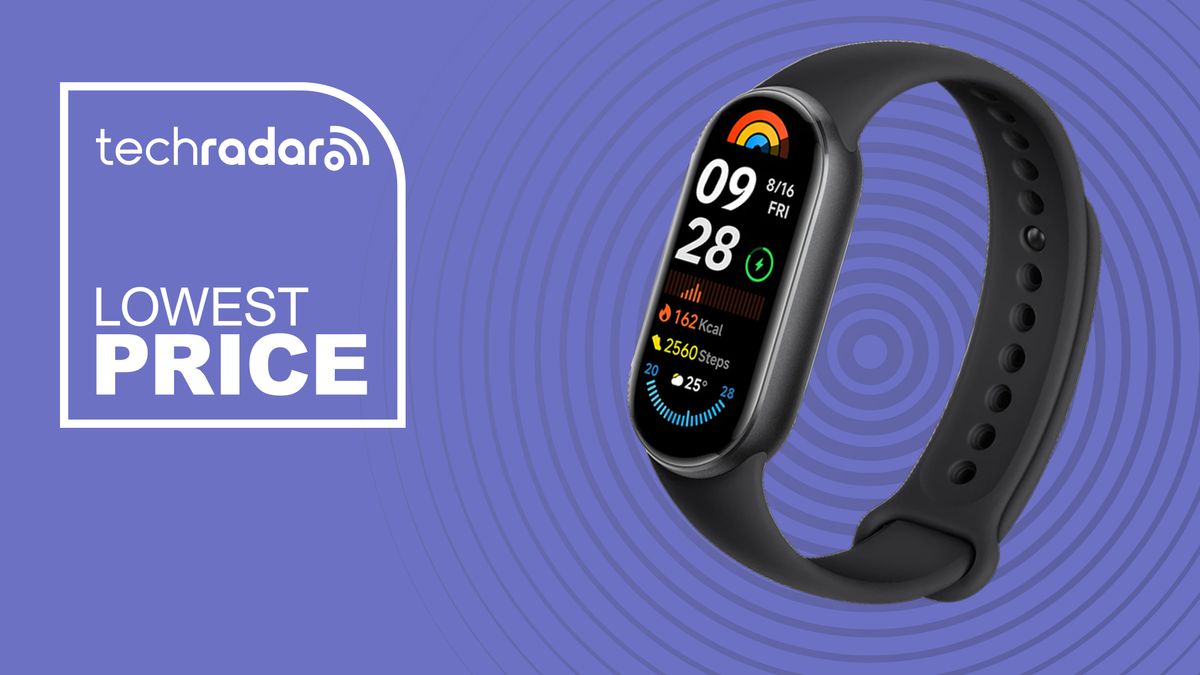Fitness
Chubby arms are bad for your health – here’s how to fix them

But how can we tell without this snazzy equipment?
“The best method to determine arm fat would be with a calliper test [which measures fat in different parts of the body],” suggests Prof Bikman. “Measuring circumference could lead to false positives, particularly in men [who tend to have higher muscle mass].”
In other words, with health rather than a cashmere tank top in mind, if you can pinch more than an inch, it’s probably time to take action.
What to do if you want to reduce your arm fat
Unfortunately you can’t target fat from a particular body part. In a study of 104 people who completed a 12-week resistance training programme using only the non-dominant arm, overall fat loss was increased but there was little impact on the specific area being exercised.
These results were echoed in another small, 12-week study, which found that resistance training just one leg was effective at decreasing overall body fat but did not reduce body fat in the leg being trained.
While experts agree that spot-reducing fat is impossible, on the flip side, the findings proffered a glimmer of hope in showing that, regardless of fat levels, those with high muscle strength were 26 per cent less likely to develop the diseases during the nine-year follow up than those with low levels of strength.
In other words, building lean body mass and increasing your muscle-to-fat ratio in scientifically proven danger zones – such as the arms – is far more important than your size overall.
Dr Huan Song, one of the research authors from Sichuan University, explains: “This study highlights the potential to lessen people’s risk of developing these diseases by improving their body composition.”
So how can we improve our body composition?
First up: the food you eat. Priya Tew, a dietitian, advises sticking to a balanced and nutritious way of eating, such as the Mediterranean diet.
“Eat lean proteins by removing the skin and fat from meat, and grilling rather than frying is key, as well as cutting back on saturated fat and filling up on plenty of plants, whole grains, dairy and healthy fats,” she advises. “Healthier fats include olive oil, olives, nuts, seeds and avocado.”









